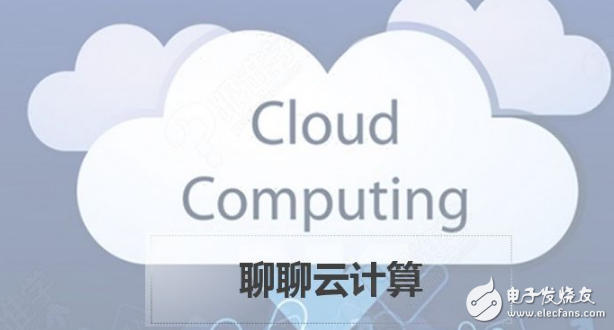For enterprises, cloud computing is the most important data management technology, and global enterprises use this technology. But with the advancement of technology, various terms have emerged in the field of cloud computing. Cloud computing has gradually entered a mixed situation.
Cloud computing is still the biggest opportunity for companies today to conduct business. Although cloud-based solutions have existed for more than a decade, the concepts associated with cloud computing still confuse many people.

Recently, hybrid clouds and cloudyness seem to be the latest concept of confusion. To make matters worse, some people (inappropriately) use these terms interchangeably. The truth is that they are very different.
The best way to distinguish the difference between a hybrid cloud and a cloudy one is to locate it. Hybrid clouds are vertically processing a single different service, while cloudy is a level of focus on cloud computing. Each concept has its own advantages and disadvantages, they are not interchangeable.
Cloudy: horizontal cloud computingCloudiness essentially uses multiple cloud services within one delivery layer. A common example is the use of services from multiple public cloud providers. There are three reasons why companies typically use the cloudy method:
Leverage: Corporate IT organizations are often at risk. Fear of risk usually affects some decisions, including the choice of cloud computing providers. One aspect is the fear of locking into a single provider. By using a cloudy approach, companies can hedge risk across multiple providers. The downside is that this approach introduces the complexity of integration, organizational skills, and data transfer.
The best variety: The second reason companies typically use a cloudy strategy is to find the best solution. Not all delivery level solutions offer the same service. Enterprises can choose to use a provider's solution to achieve a specific function, while choosing a second provider's solution to achieve different functions. While this approach is advantageous in some respects, it brings complexity in many ways, including integration, data transfer, organizational capabilities, and sprawl.
Assessment: The third reason companies use a cloudy strategy is relatively temporary and used for evaluation purposes. The third method is actually a very common method adopted by today's enterprises. In essence, it provides a way to evaluate different cloud providers in a single delivery layer on first launch. However, they end up focusing on a single vendor and building expertise around this vendor's solution.
Finally, it is found that the reasons for enterprises to choose the above three methods are often their maturity and general thinking around cloud computing. The question many people ask is: Do the best variety levers or benefits outweigh the disadvantages of complexity?
Hybrid Cloud: Vertical Cloud ComputingMost companies are now using hybrid clouds. Hybrid cloud refers to the vertical use of cloud computing across multiple different delivery layers. Most typically, companies are currently using SaaS-based solutions and public clouds. Some companies may also use private clouds. Hybrid clouds do not require a single application to span different delivery layers.
CIO perspectiveIt's important to understand how to use cloudy and/or hybrid clouds instead of defining terms. People tend to be too particular about defining terms rather than understanding the benefits of using solutions or methods. Even when discussing the results, people still pay attention to technology.
These two methods are different and have their own advantages and disadvantages. The value of cloudy and hybrid clouds is that they all provide leverage for business transformation. The question is: How will companies use them to gain business advantage?
Universal Vacuum Cleaner Ac Motor
Universal Vacuum Cleaner Ac Motor,Ac Motor Vacuum Cleaner,Ac Motor For Vacuum Cleaner,Mini Vacuum Cleaner Motor
Zhoushan Chenguang Electric Appliance Co., Ltd. , https://www.vacuum-cleaner-motors.com